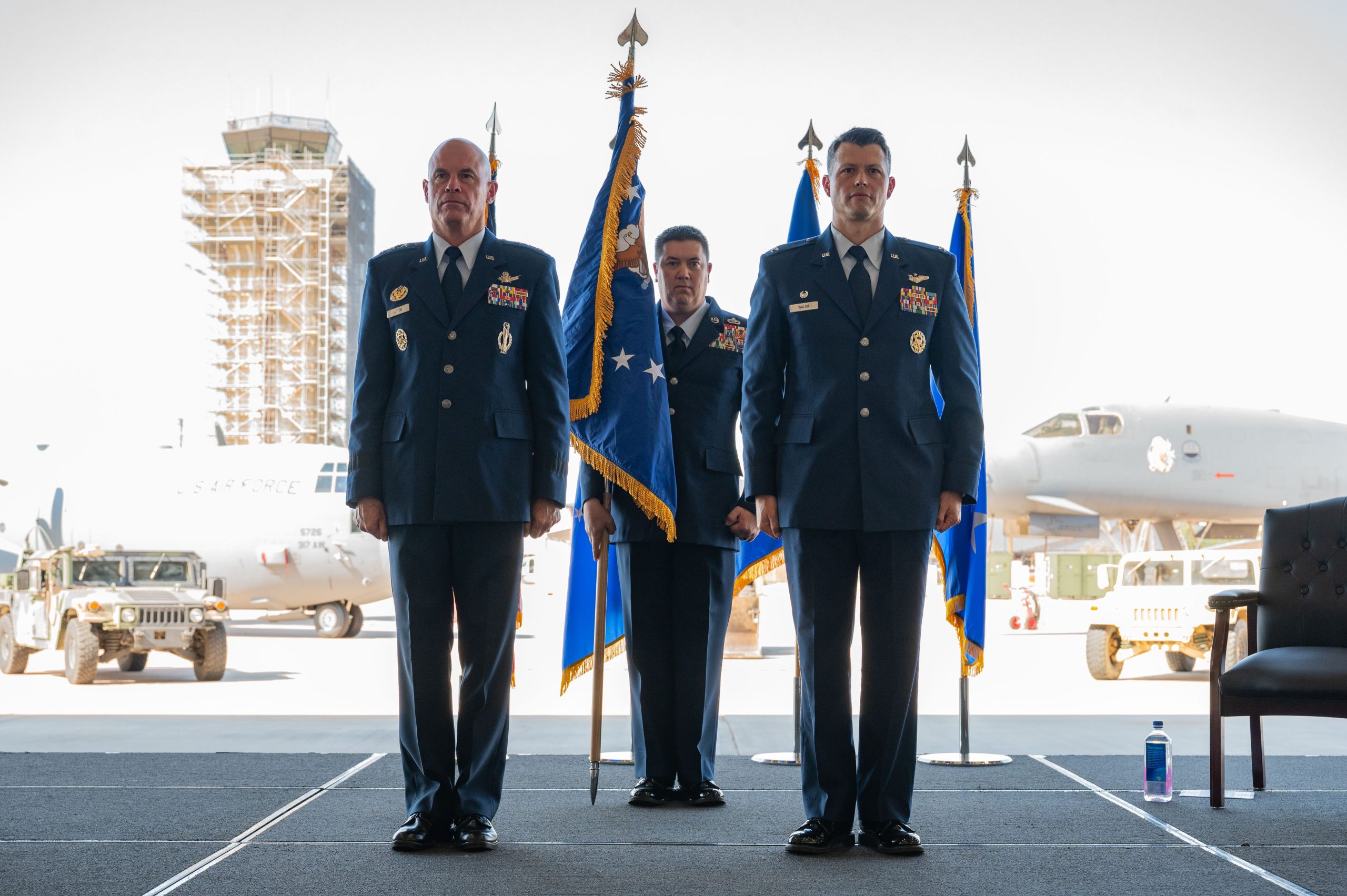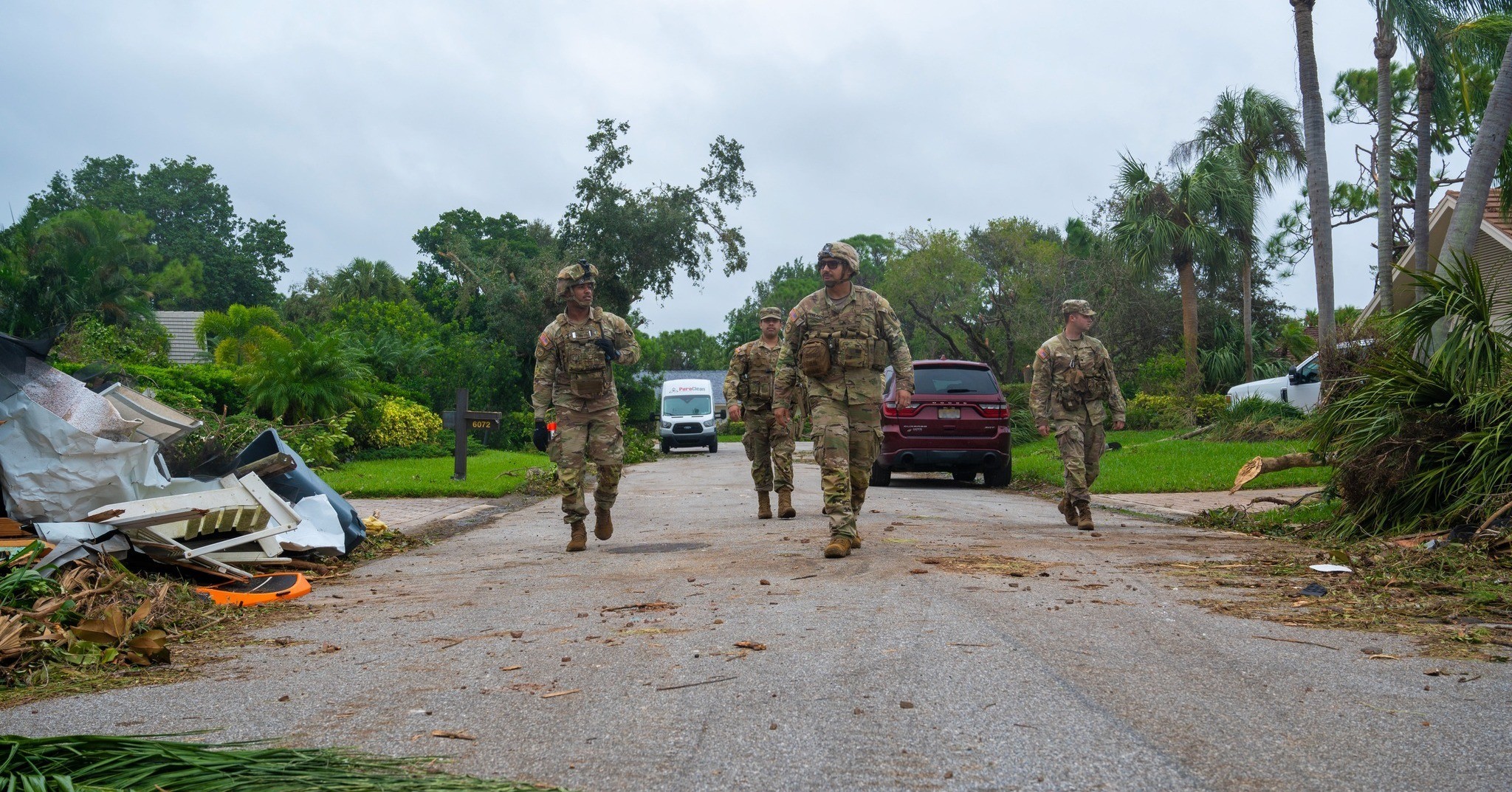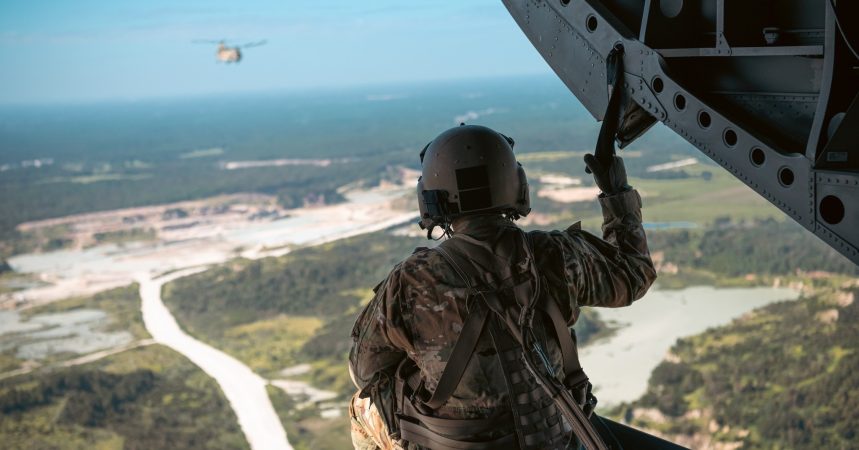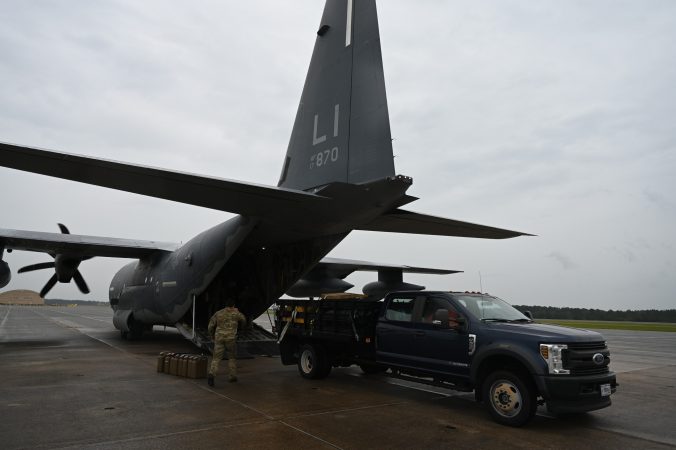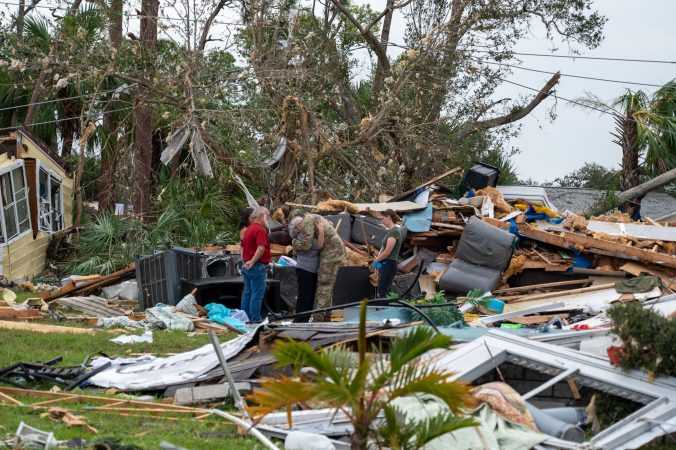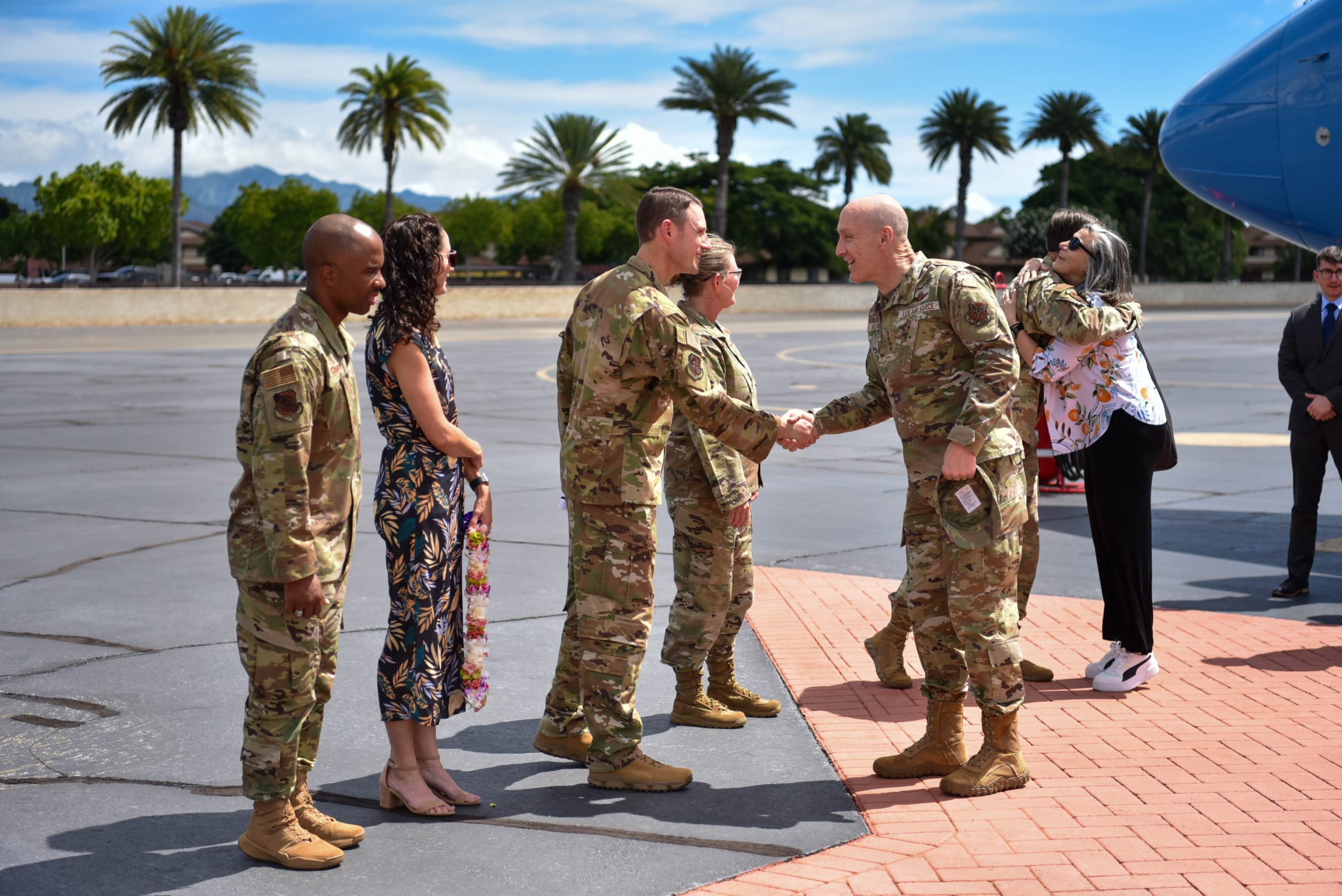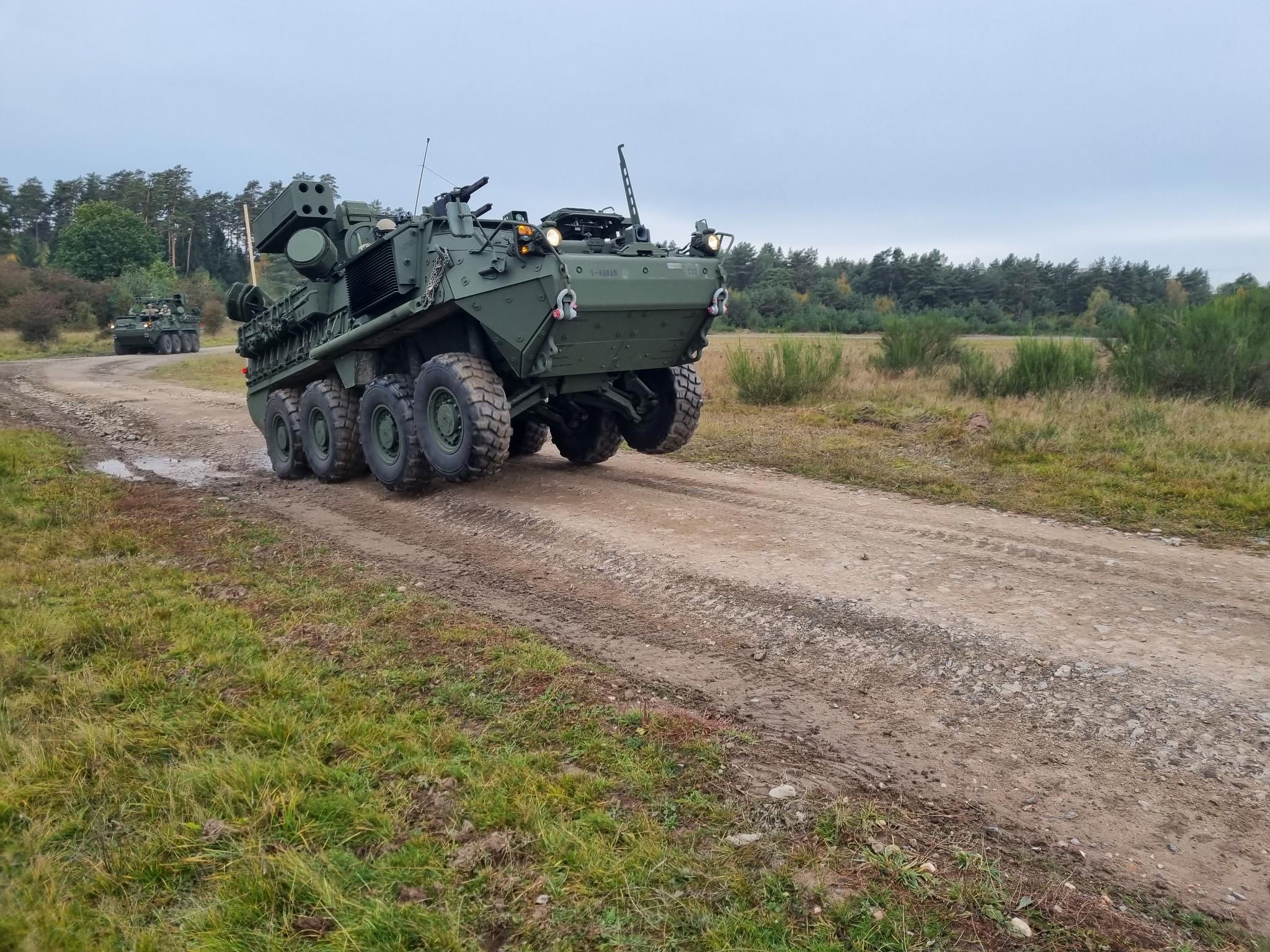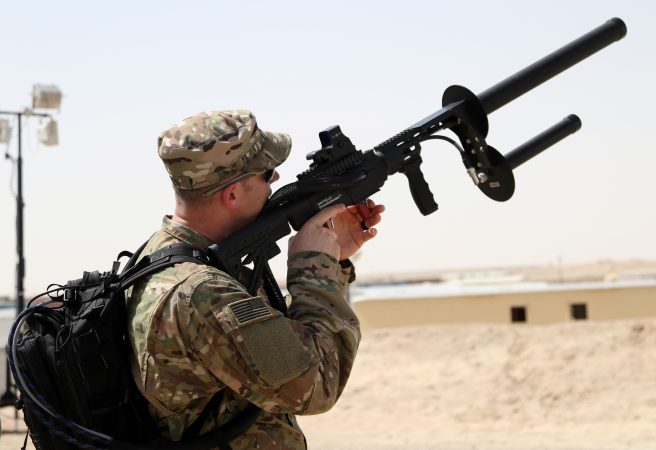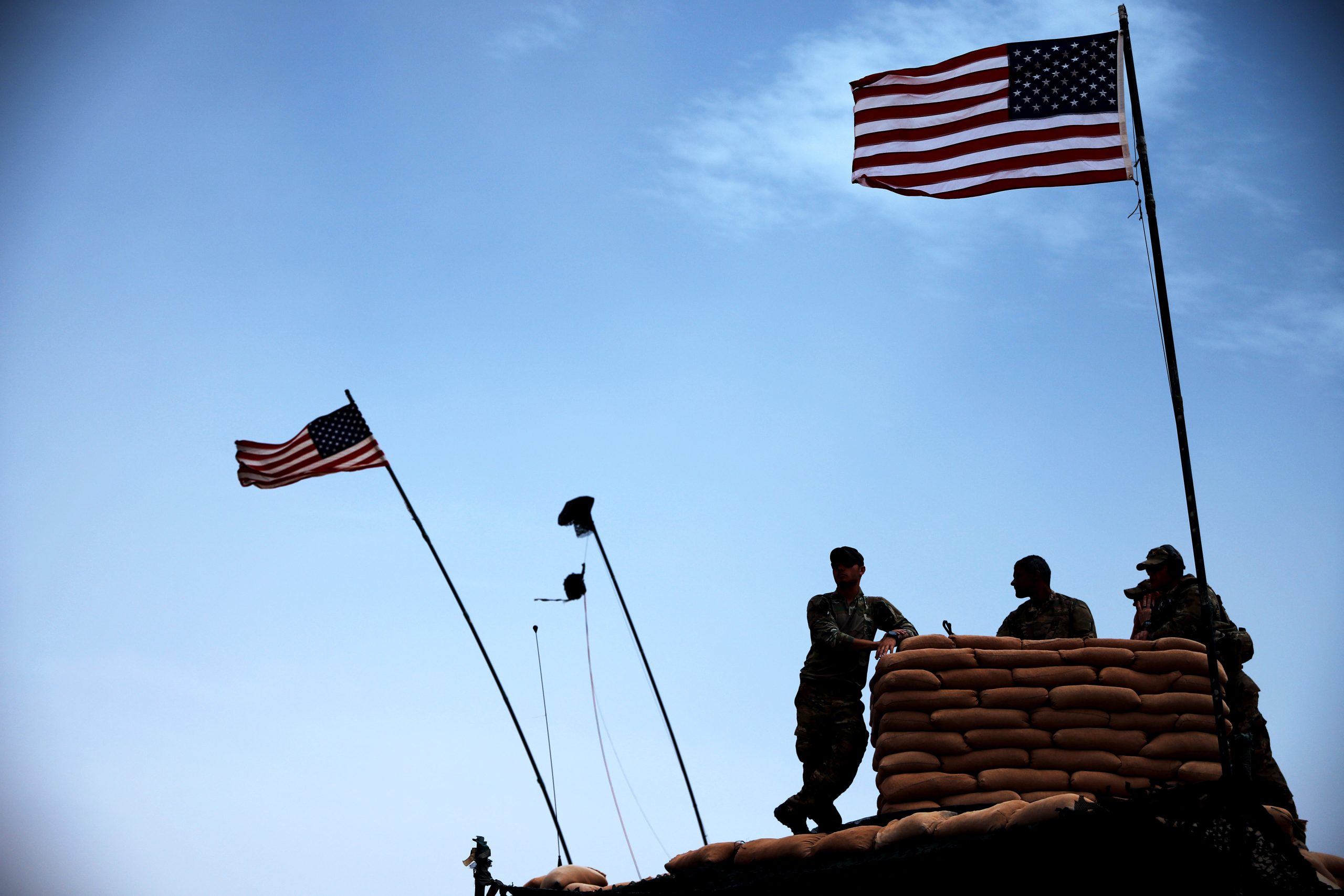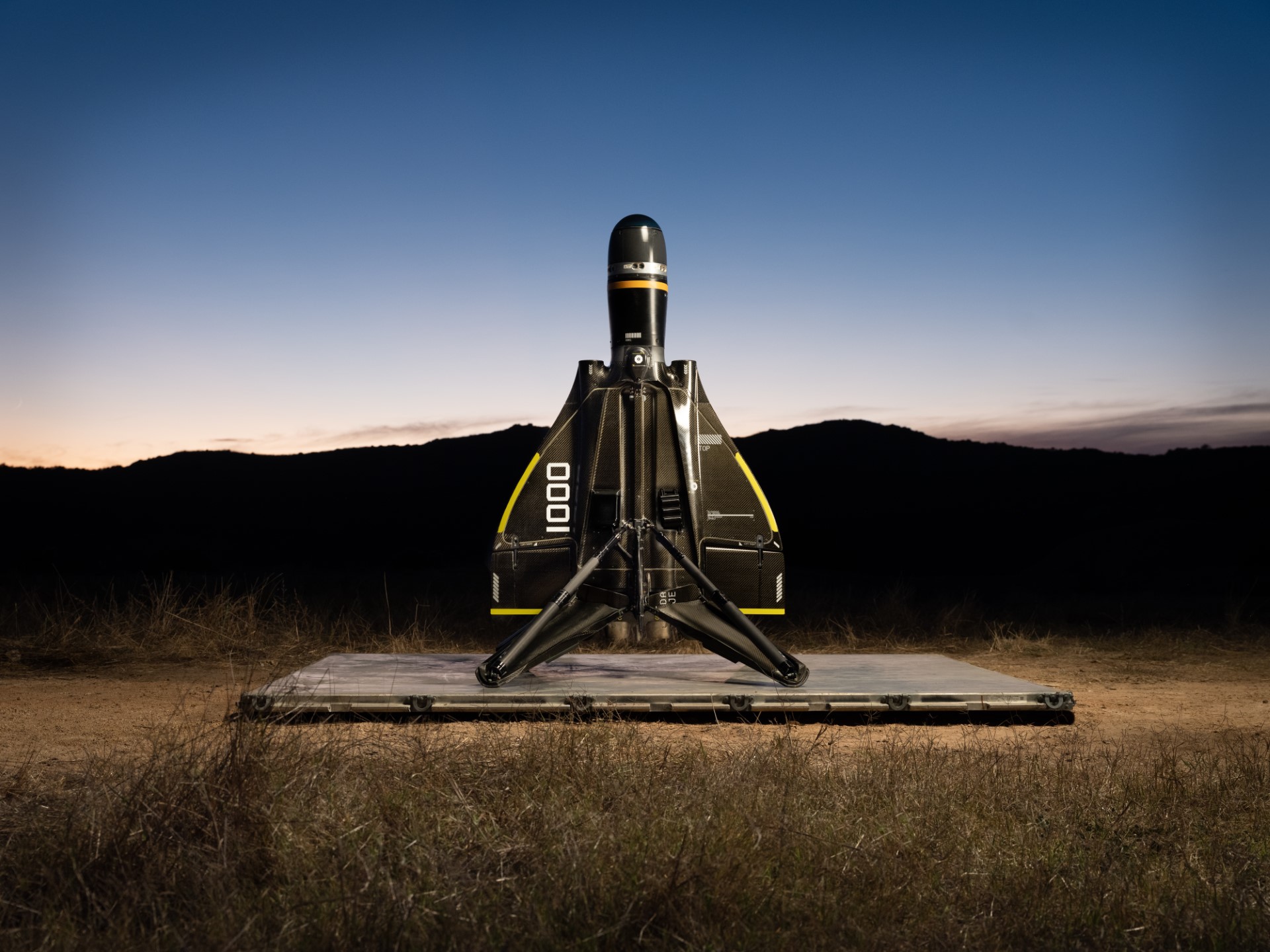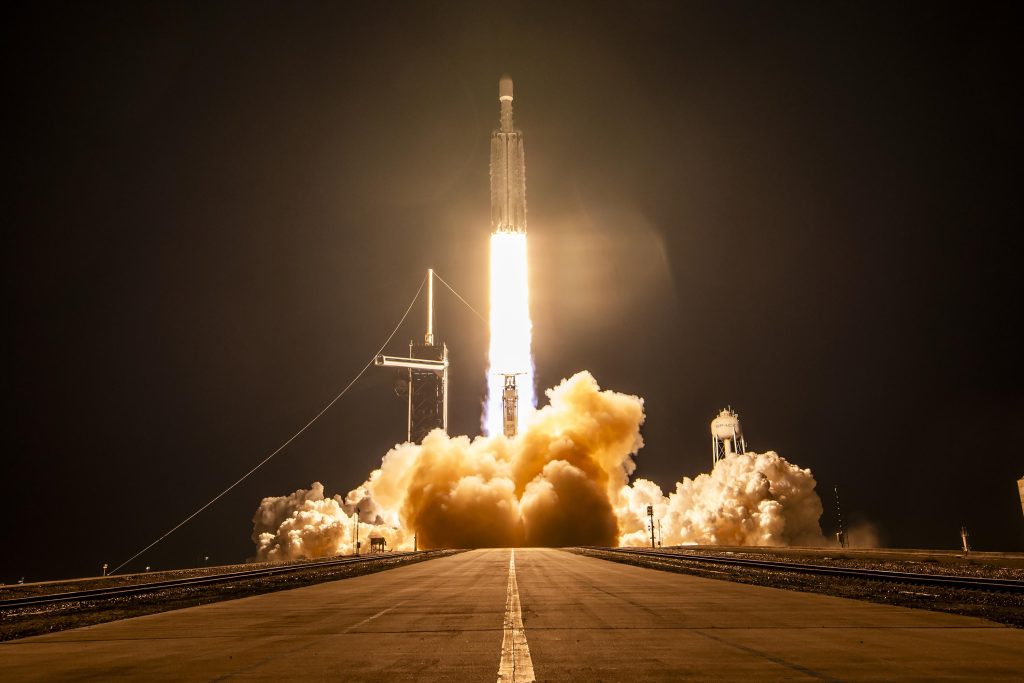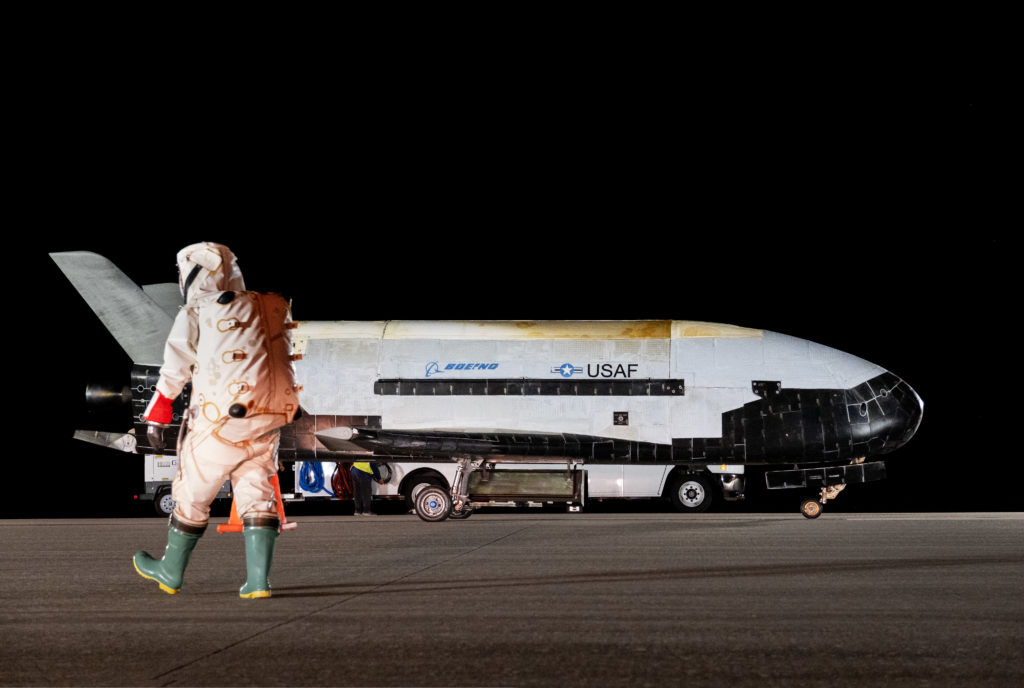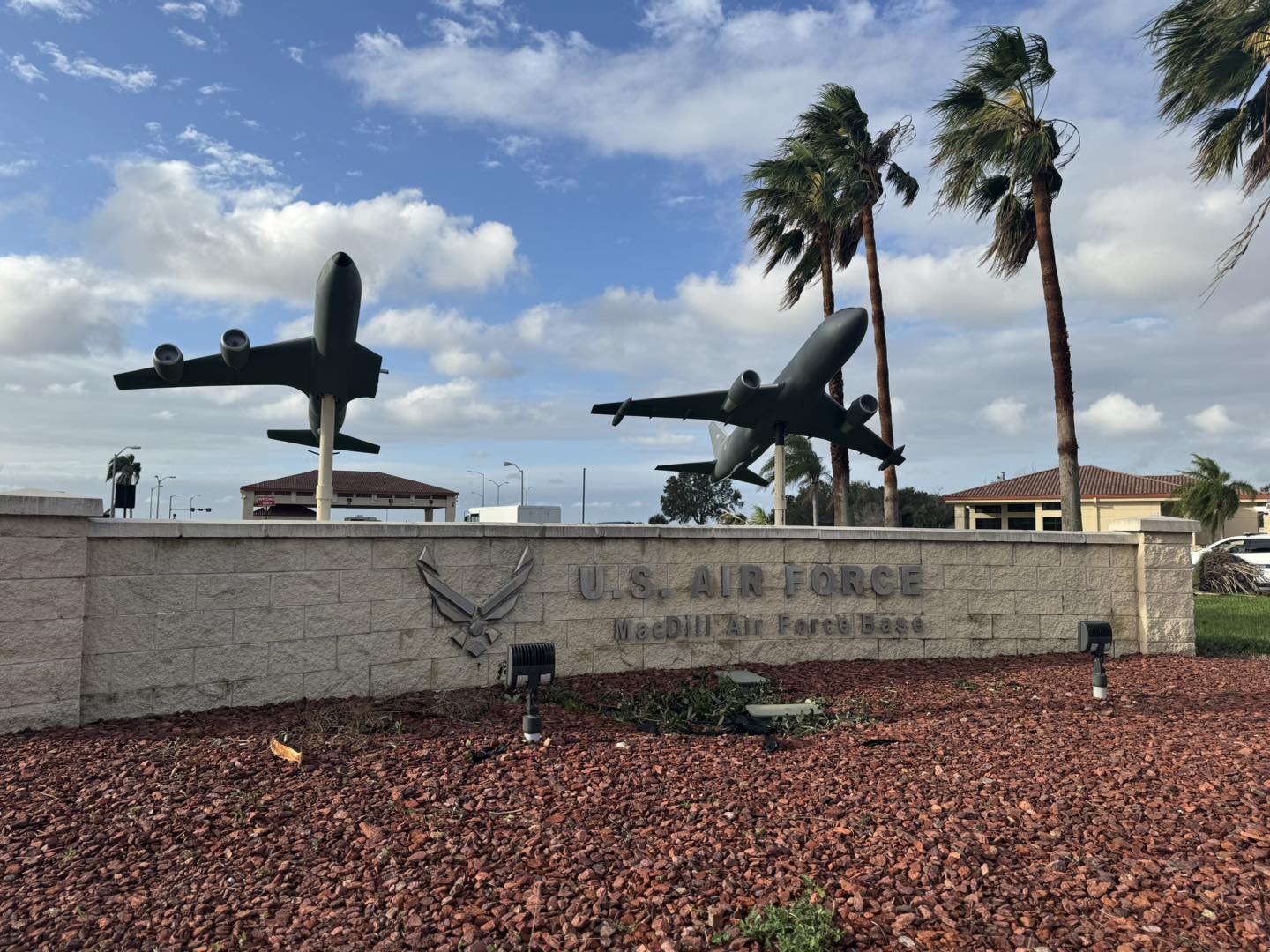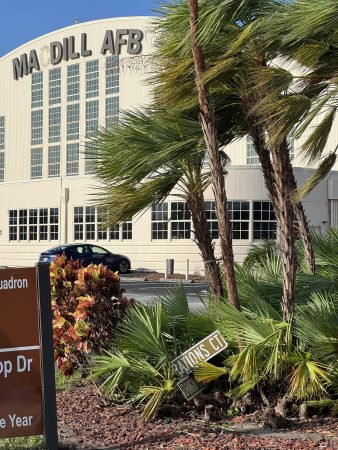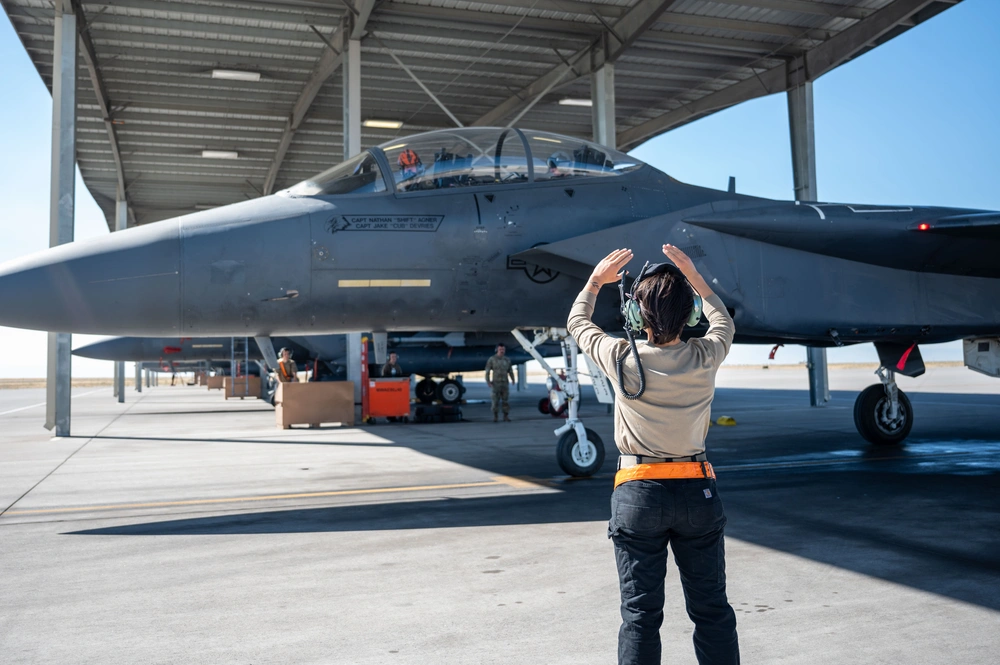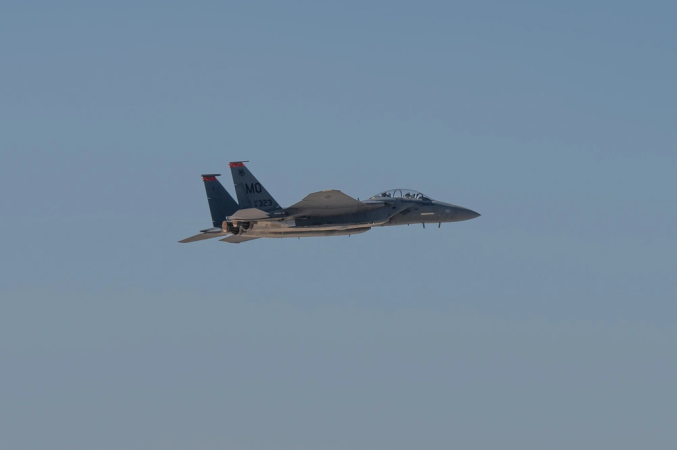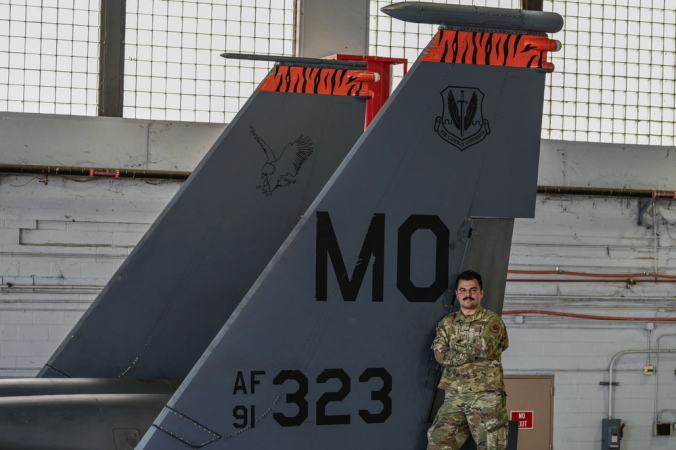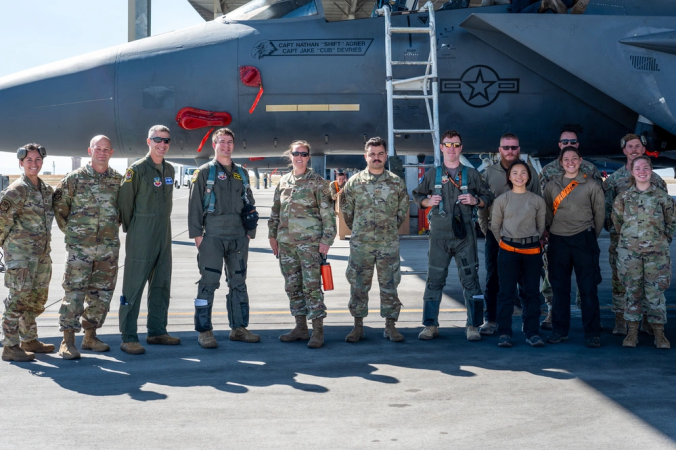The Air Force activated the last of its first six Air Task Forces last week, breaking new ground it its plan for how the Air Force deploys forces overseas.
Air Force Global Strike Command activated the 21st Air Task Force at Dyess Air Force Base, Texas, on Oct. 8, and Air Force Special Operations Command activated the 11th Air Task Force the same day at Davis-Monthan Air Force Base, Ariz. The other four Air Task Forces stood up at various Air Mobility Command and Air Combat Command bases last month.
After years of “crowdsourcing” deployments and assembling deployed units piecemeal overseas, Air Force leaders are shifting to a system where Airmen deploy as units, having already trained and worked together.
Air Task Forces are only an interim step in that shift, however. The long-term aim is to build two dozen Deployable Combat Wings, command elements organized to lead forces into combat theaters. Instead of drawing Airmen from 60 or more commands into a single deployed unit, the ATFs and DCWs will train and deploy as a unit, developing relationships and trust ahead of time. This builds on an earlier experiment, in which the Air Force sent so-called Expeditionary Air Bases overseas beginning about a year ago.
By the fall of 2026, Deployable Combat Wings will begin to replace the ATFs, providing full teams that should be able to pick up and deploy from just one base.
The change has more to do with how deploying units are assembled than how they train. “We’re still training for wartime tasks, but we are training more together and that’s the distinction between the ATF and the current Expeditionary Air Base,” said Col. Thomas Walsh, the new 21st Air Task Force commander.
Each Air Task Force will have four elements:
- A command team with expeditionary air staff and special staff that work directly for the commander
- A combat air base squadron to handle base support
- One or more mission-generation force elements, such as a fighter, bomber squadron, or special warfare squadron, to provide combat power
- Mission-sustainment teams to support each mission-generation force element, including all sustainment and protection forces.
The 21st Air Task Force’s command element and its combat air base squadron, commanded by Lt. Col. Nathaniel White, are both located at Dyess Air Force Base.
“The 21st CABS has the responsibility to integrate the functions that you would normally see within a mission support group, along with airfield operations, munitions, and medical, to become the unit of action,” White said, noting that the unit will include personnel at Joint Base Charleston, S.C., as well.
The 11th Air Task Force stood up in July at Davis-Monthan Air Force Base, Ariz., and held its formal ceremony Oct. 8, with Col. Brett Cassidy taking command.
“The typical timeline for activation is often on the order of a couple—or even several—years. Yet, here we are after only a few months,” said Cassidy. “Our rapid activation represents Airmen aggressively driving forward the vision of our leadership.”
The Air Force first announced locations and plans for Air Task Forces in May:
- Air Mobility Command activated the 12th Air Task Force at Scott Air Force Base, Ill., in September
- Air Combat Command activated the 13th Air Task Force at Joint Base San Antonio, Texas; the 22nd Air Task Force at Fairchild Air Force Base, Wash.; and the 23rd Air Task Force at Seymour Johnson Air Force Base, N.C., in September.
The first three ATFs will be ready to deploy by October 2025, and the next three will be in line to relieve them six months later, in April 2026. By activating now, the units’ Airmen will join into the new deployment rotations known as the Air Force Force Generation model, or “AFFORGEN.” The model cycles units through six-month phases of increasingly complex training until they are in zone for a six-month “commit” phase. Then the cycle repeats, beginning with a reset phase.
